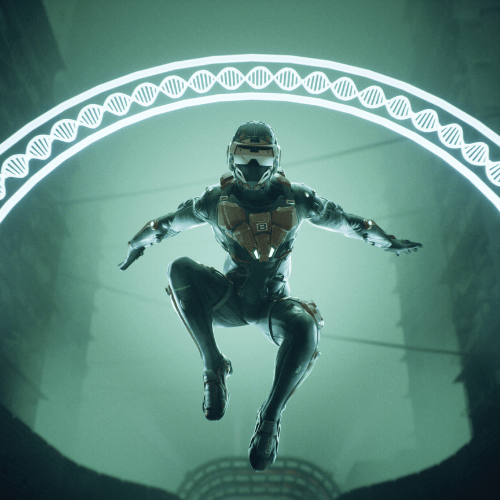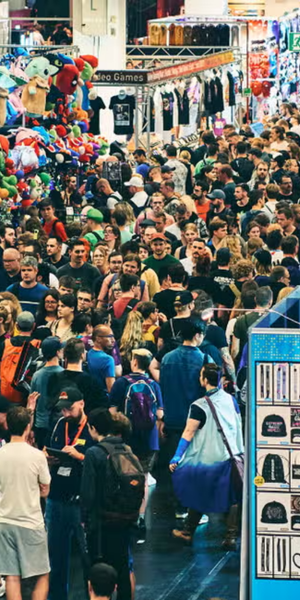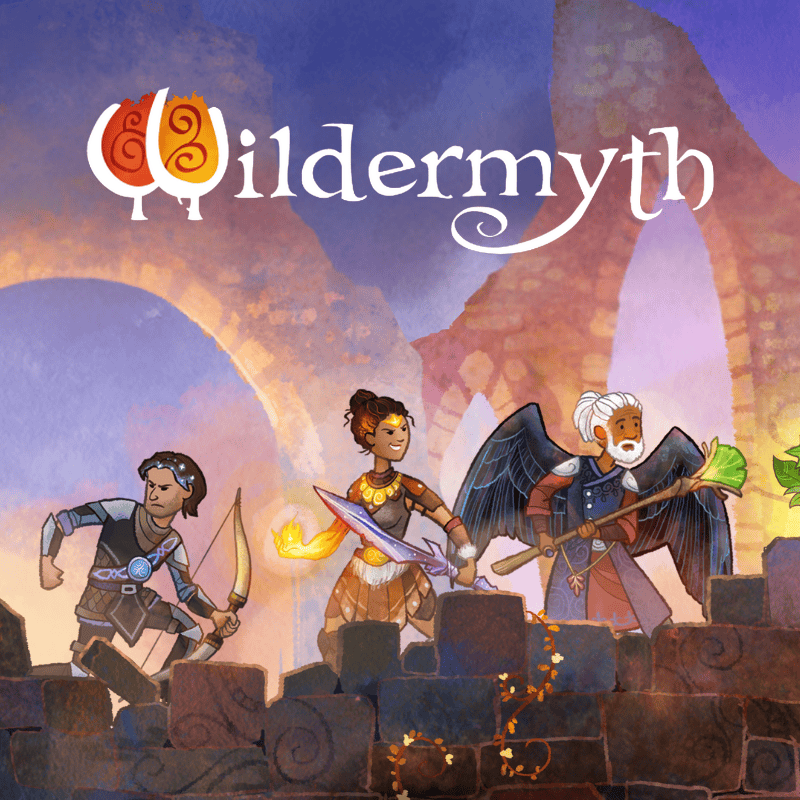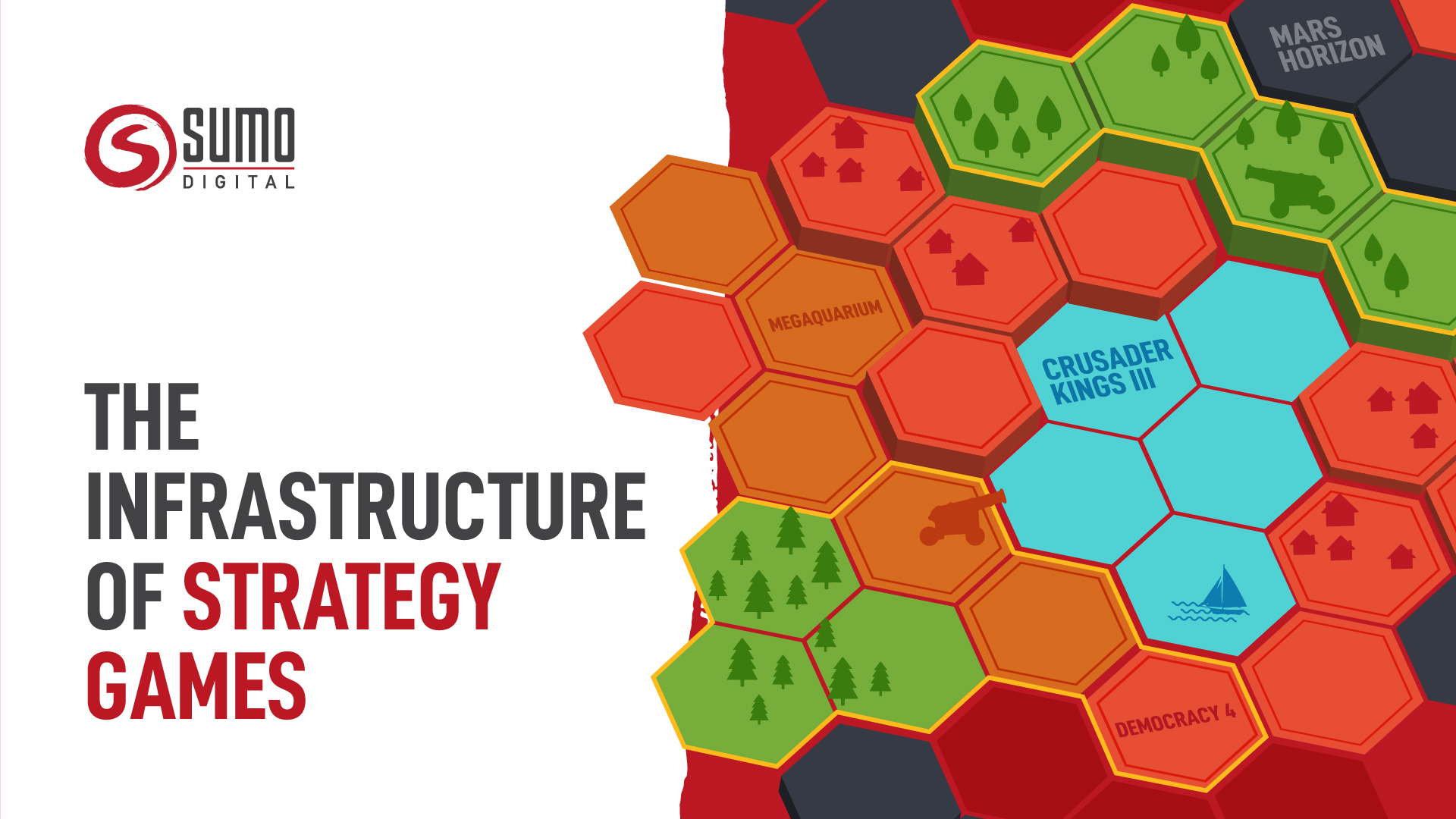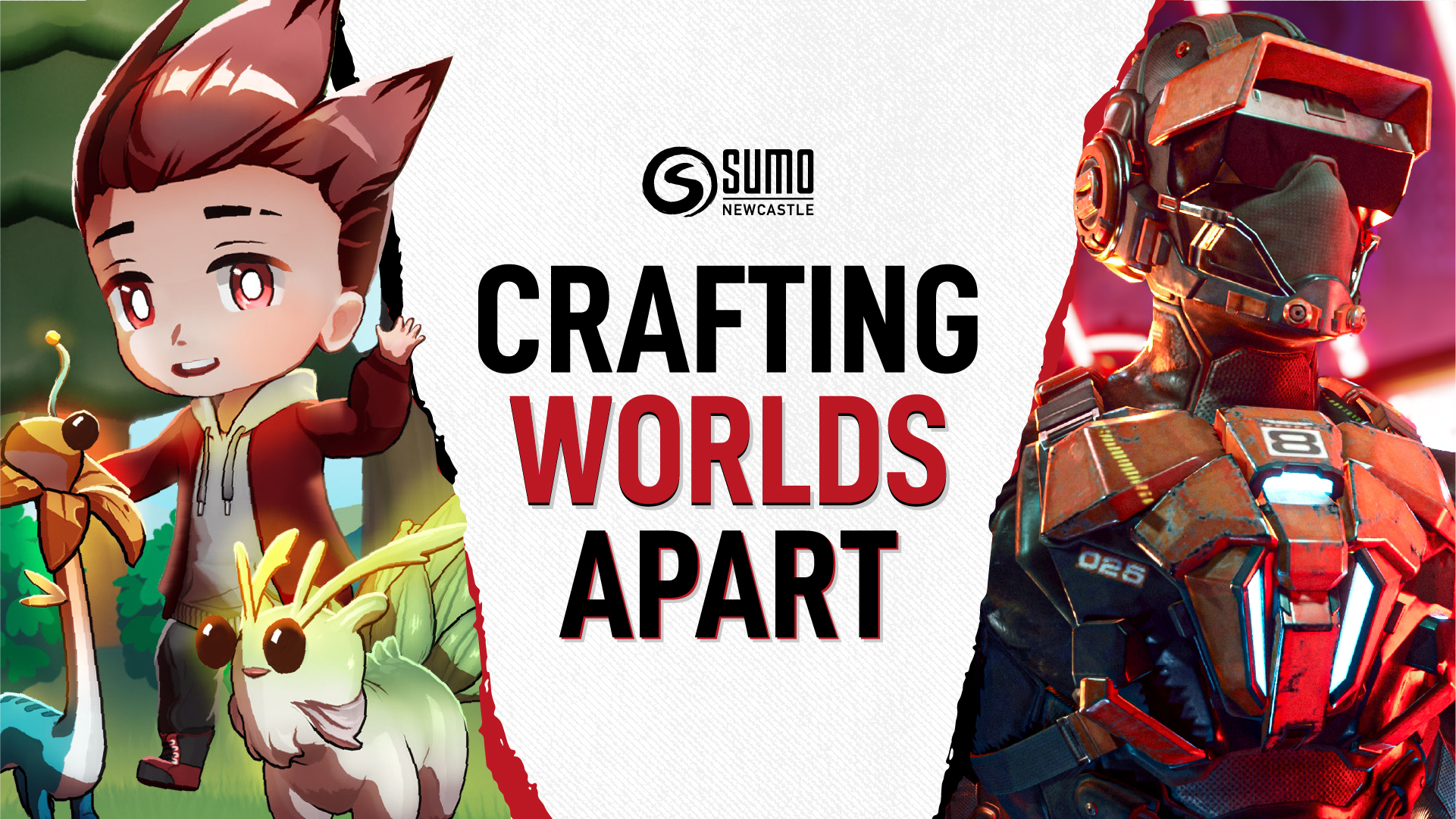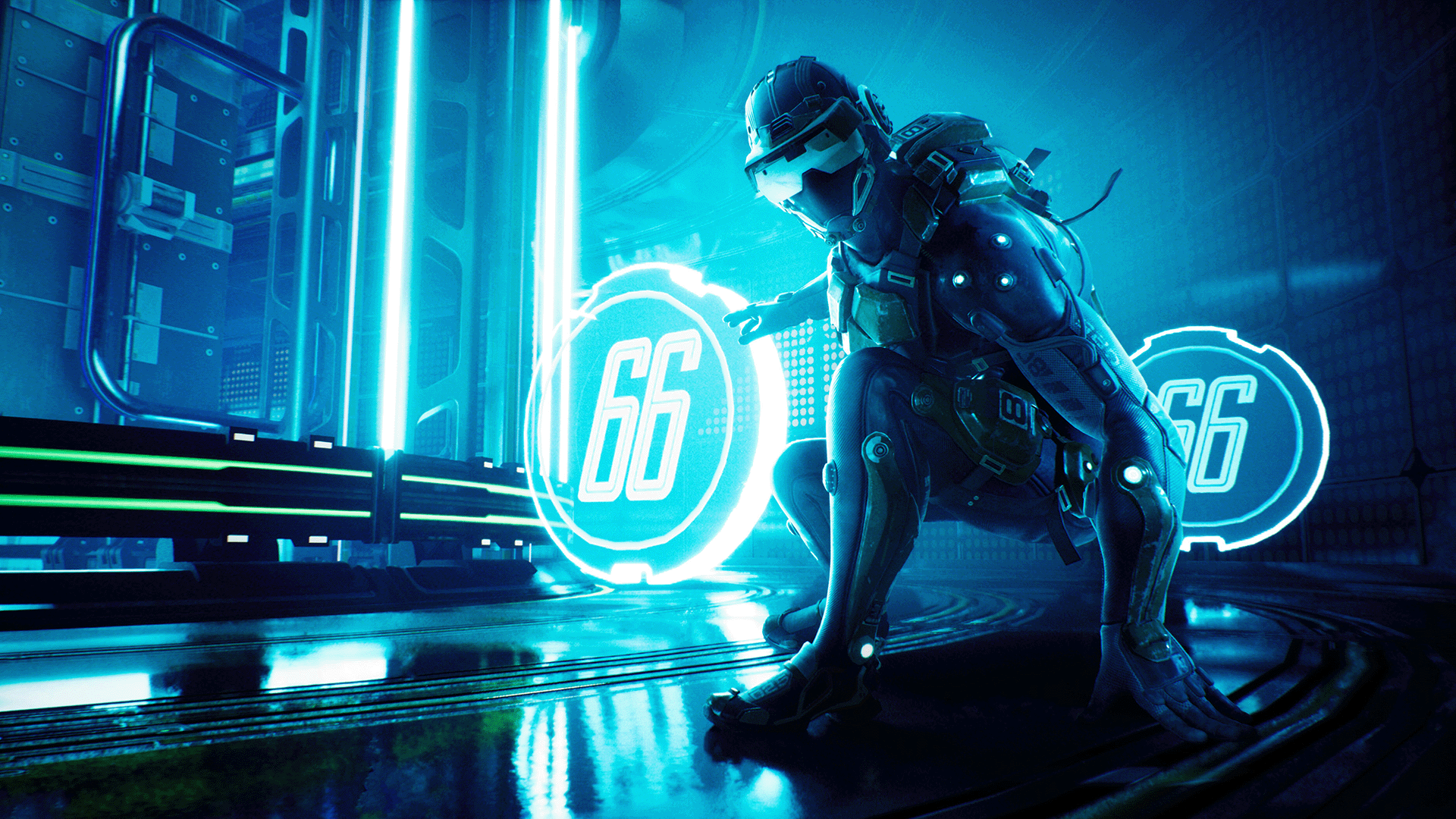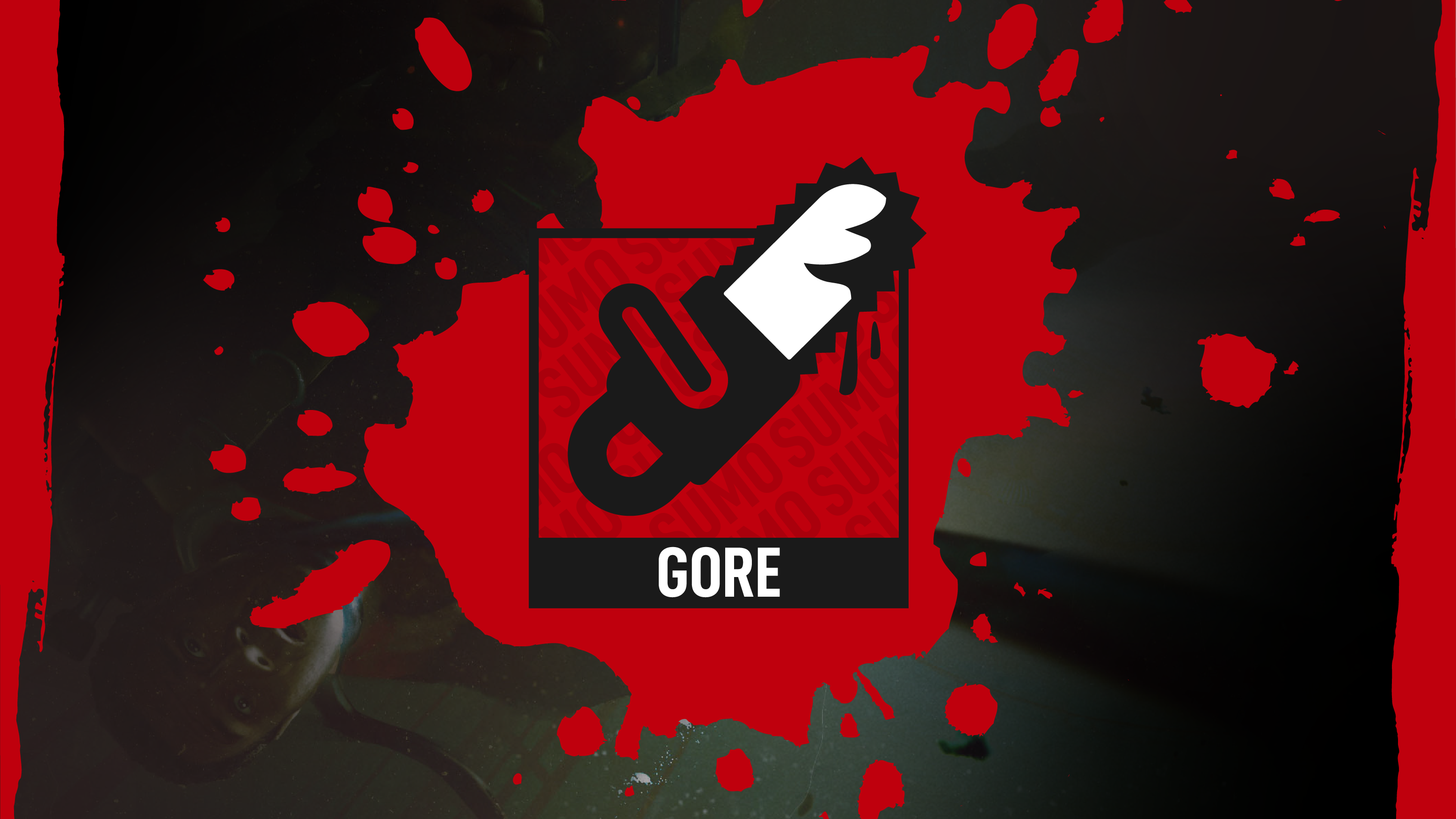Warning: this article contains images of a violent nature that some readers may find distressing. Viewer discretion is advised.
T’is the season to be gory! As we enjoy the final days of the spooky season, we’re all sure to be revelling in our favourite scary, shocking and slasher movies… but why is it that we love seeing on-screen blood and guts?
Earlier this year, we discussed why we’re so intrigued by horror media and how horror games specifically are designed to push us to our limits and switch our adrenaline up to high. A feature often used in the horror genre to get our hearts racing is gore – we love to see our favourite characters face bloody consequences and seem to have a morbid fascination with all things gruesome.
Gore is also one of the features that has managed to escape its horror movie origins and branch out into other genres, and games are no exception. From action and adventure games like Call of Duty that take all the viscera of the battle field, fighting games like Mortal Kombat which have become famous for their outrageous bloodshed, even through to seemingly softer genres with games like It Takes Two finding ways to horrify us (yes I’m talking about that scene… if you know, you know).
For all of these titles, it takes game development expertise and skills to develop in-game gore assets through a combination of VFX, character and environment art, technical art, concepting and implementation to take the grim and macabre from page to final stage.
We’re going to dive into where gore in games got started, how it’s evolved and ways gore can be used to support the core pillars of your game. If you’re short on time and want to know the best ways to create and incorporate gore for a specific title, click the links below to jump ahead:
THE HISTORY OF GORE IN GAMES
Since the dawn of the games industry, developers have pushed the boundaries of what they can and cannot show in their titles.
There’s some debate as to which was the first ‘truly gory’ video game – with IP tie-in titles like 1983s duo of The Texas Chain Saw Massacre and Halloween both being turned down by arcades across America at the time for being too graphic and violent. Whilst competing with the technical limitations of the time, developers were still keen to gets an array of blood, guts and gore in their games and Exidy managed to achieve a stomach-turning macabre make with 1986’s Chiller.
Released just a decade after arcade racing game Death Race, Chiller was seen as extremely graphic and gory, and has earned itself a legacy as one of the most controversial games of all time.
1986 played host to some extremely gory sequels to beloved classics, including Aliens, Friday the 13th Part 6, Poltergeist II and more – so why was it that a game filled with rudimentary graphics and cartoon colours shocked the world?
It’s thought that gore within horror movies played a role in storytelling, with audiences being led to understand the narrative and stakes of the plot when they see the visceral and brutal consequences characters could end up facing.
Gaming, until this point, had primarily been seen as an activity to occupy rather than to tell stories so seeing seemingly ‘needless’ violence and bloodshed, especially in places that were largely occupied by children and young people – like arcades – was a bridge too far.
Looking back, it’s easy to see we’ve come a long way when it comes to special effects, technology, budgets and scale, and what was seen as realistic in years past pales in comparison to the hyper-real capabilities of game development tech in 2024. In addition, we as a society have become more acclimatised to the use of and sight of blood, guts and gore in media, too, with audiences rushing to see the latest horror movie, pick up the newest gore-packed game or even tune into a gruesome true crime podcast.
This – combined with huge leaps in gaming technology and tools – is why you’re more likely to find realistic-looking gore in games than ever before, and developers are constantly innovating, creating and looking for new ways to manipulate the emotions and feelings of a player using gore.
From the shocking to the scary, to the emotional and devastating… gore can play a vital role when it comes to video games.
So how do developers approach adding gore to different types of games, what research do they have to do, and what role does it play in the stories they’re trying to tell? Here, experts from Sumo Digital are prepared to slash, slice and dice their way through these questions and explore how to create effective gore in video games.
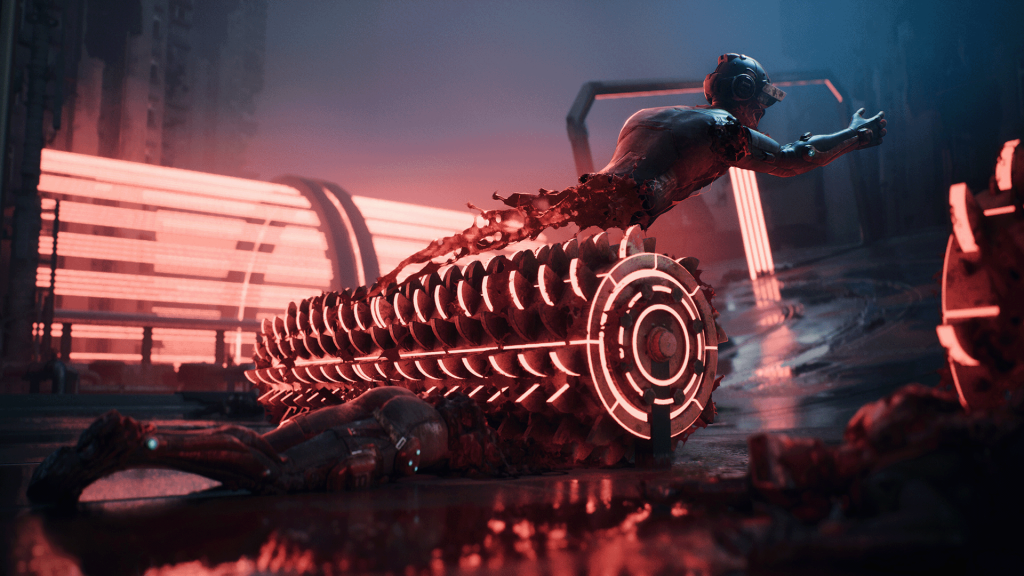
[In DEATHSPRINT 66, it’s win or die trying. Navigate deadly tracks that are packed full of obstacles designed to rip, burn and detonate your racer… all in the name of good entertainment to keep viewers engaged.]
CREATING EFFECTIVE GORE FOR FAST-PACED GAMEPLAY
Whilst gore and horror go hand-in-hand, blood and guts aren’t just reserved for the horror genre. Most recently, our Sumo Newcastle team released DEATHSPRINT 66 – a dystopian on-foot racing game which sees players traversing high-speed tracks which are laden with murderous obstacles created with the sole purpose of ripping your clone-racer to pieces.
When developing the idea for DEATHSPRINT 66, Game Director Andrew Willans wanted to pay homage to the sci-fi movies he grew up with by including plenty of gore throughout: “Films like Robocop are perfect examples of gore being used effectively outside of the horror genre”, he said, “The way it uses over-the-top violence and kills to draw reactions of shock, surprise and laughter from an audience was so inspirational to us for DEATHSPRINT 66. Portraying gore in this way is so effective because it’s not cruel or mean-spirited, and are instead so exaggerated that they lose all grounding in reality and believability as it starts to veer outside of relatability. Gore can be a perfect tool to evoke strong emotions from your player.”
In the game’s dystopian world, life is cheap and viewership is money, so the best way to lure audiences in is to include bombastic displays of limbs and giblets flying across the track. Craig Russell, a VFX Artist at Sumo Newcastle who worked on DEATHSPRINT, said it’s anything but new to trade gore for fame: “The idea to call blood and violence entertainment harks back to Ancient Roman Gladiators in the Colosseum – when thousands would gather to see men torn apart in the name of a good afternoon out.
“I’m a big wrestling fan and to me, blood is key part of the experience – it’s an intensifier and can help to tell a story. It’s not always used to frighten, and can instead create a brutal, visceral, tone and impact to the game, and in DEATHSPRINT it really helps to convey a world where everyone is disposable and you’re only as good as your last successful race.”
When it came to creating the gore for DEATHSPRINT 66, it was important that all blood and guts were readable to audiences. At their highest speed, the clones in the game might be travelling at what feels like 100mph – meaning that in real-life, any impact would cause them to immediately disintegrate. On meeting this challenge, Craig said: “We decided early on that in order to make the gore effective, it needed to be noticeable and a spectacle. The Clones in the game may look human, but they contain way more blood than a human body does, their limbs detach at specific points to send them flying across the track and their anatomy is more comparable to a bag of meat than flesh and bones.
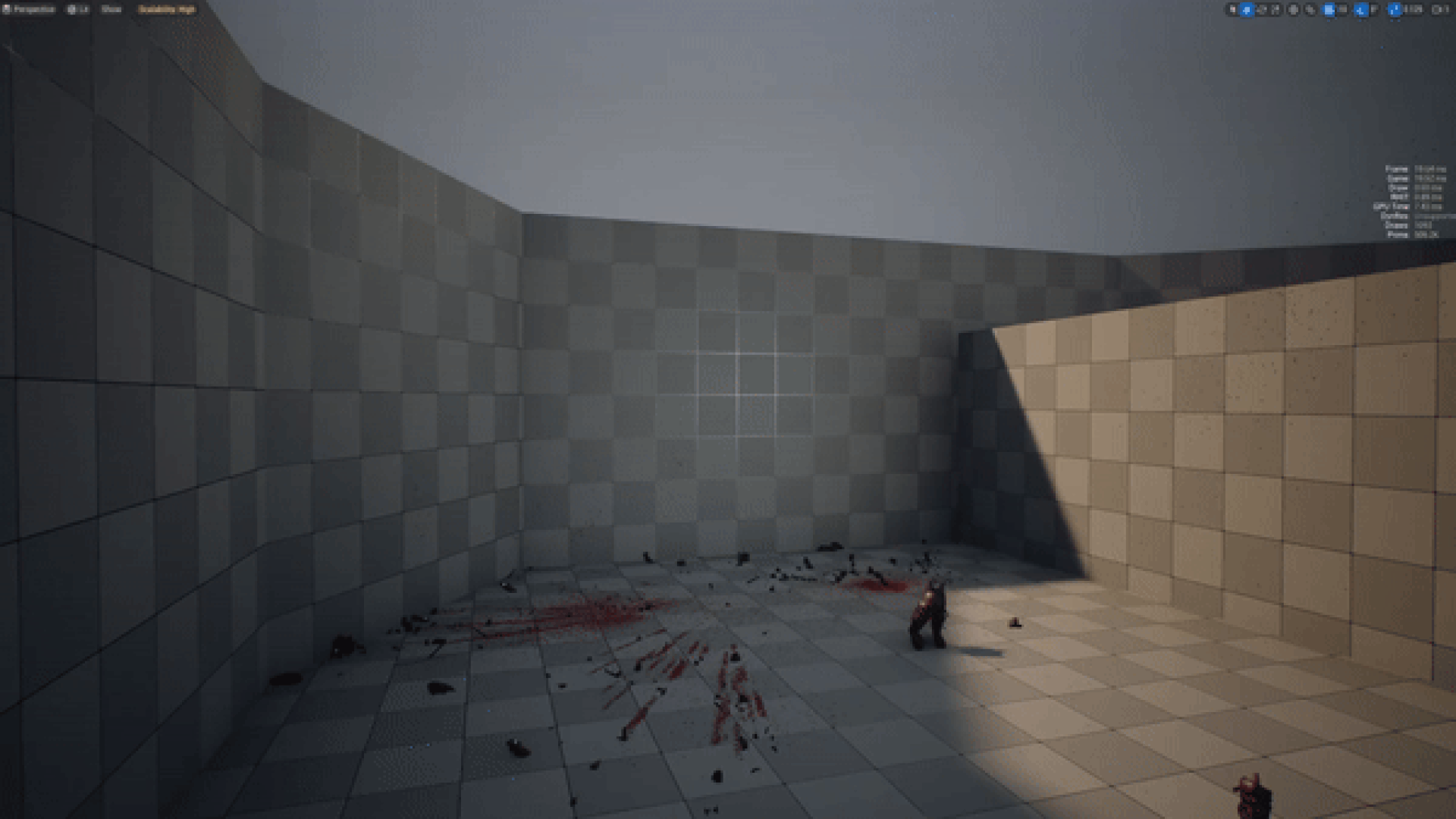
[The Sumo Newcastle team wanted to ensure every death was a spectacle, and tweaked the anatomy of the clone racers to be bloodier, fleshier and to have detach points which would send limbs flying along the course.]
“When they run into obstacles – which can be anything from a meat-grinder, to an incinerator, a landmine or a laser, they appear to ‘pop’ upon impact which causes their limbs and blood to spray across the track. Upon closer inspection, you might notice that there are distinct readable layers of limbs, organs and blood which will be worn into the racetrack and remain there for the rest of the match… a grisly reminder of your fallen competitors and what’s at stake within the game: win, or die trying.
“We wanted to emulate the feeling of show and spectacle, which is why every death in the game feels like an event – their bloody, brutal but very difficult to look away from.”
References for Gore in DEATHSPRINT 66:
“Since its inception, we knew that DEATHSPRINT 66 would exist in the same genre as bombastic and brash 80s movies which wore their gory badge with pride. Films like The Running Man and Scanners – both of which are notorious for scenes where someone’s head explodes – gave us great ideas for how to create plumes of blood and chunks.”
Behind-the-Scenes of DEATHSPRINT 66’s gore:
“We knew that players would be travelling at extremely high-speeds and death was inevitable. The traps are very regular on the tracks and are designed to catch you out, so we wanted each of them to have a very distinct visual style: a GIGA Saw will slice you clean in half whereas a Proximity Mine will cause you to explode. All of these have their own animations, impact and leave different residue on the track.”
Here are four of our vital tools and processes used to create all-things gore and grim in DEATHSPRINT 66:
A catalogue of body parts: We created a catalogue of body parts – including arms, legs and heads – which meant we could pick and choose how each trap impacted the player.
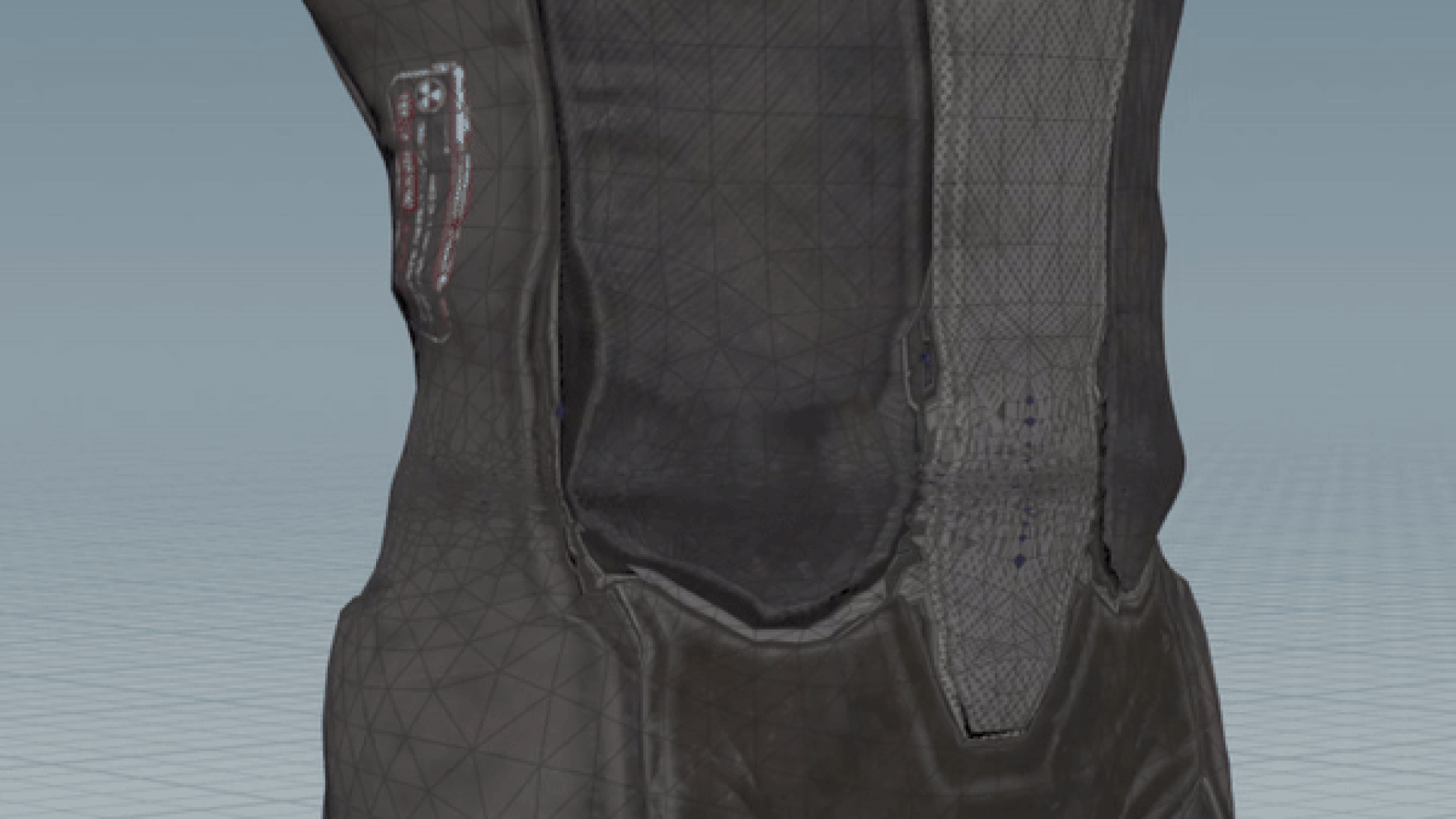
[The ‘meatbag’ created by the Sumo Newcastle team enabled them to create assets easily and test how they would fall apart.]
A Houdini set-up: Nicknamed ‘the meat bag’, we were able to use this set-up to quickly create assets – including ‘meat caps’ (which acted as the ripped ends of torn-off limbs and blood meshes) – and dynamically place relevant skeletal parts and organs.
Niagara Systems in Unreal Engine 5: We worked in close partnership with the Code team to enable the on-track triggers, meaning we could review and identify the time between trigger and impact, and the force of it.
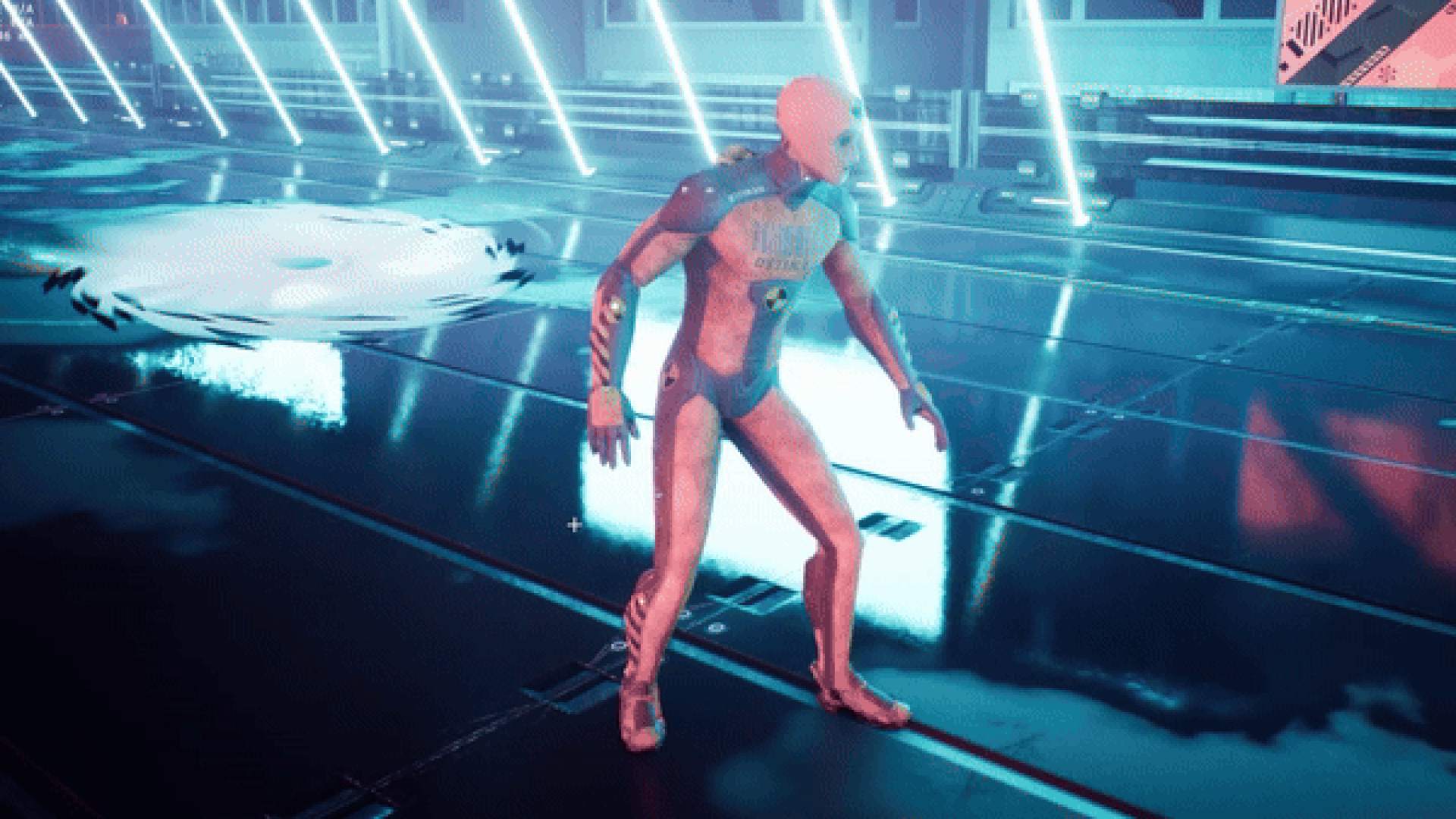
[Having detatch points on the in-game characters meant the Sumo Newcastle team could enable their limbs to fly across the track in a more dramatic spectacle.]
Optimising for performance: First and foremost, DEATHSPRINT 66 is a racing game and our goal was to deliver fluid parkour racing at 60fps. Detailed gore assets which are spawning every few seconds can have huge ramifications to performance, meaning we were constantly iterating and asking ourselves: How many flesh chunks are too many? How big should the blood explosion be? How quickly can we get the player reloaded and back in the game to do it all over again?
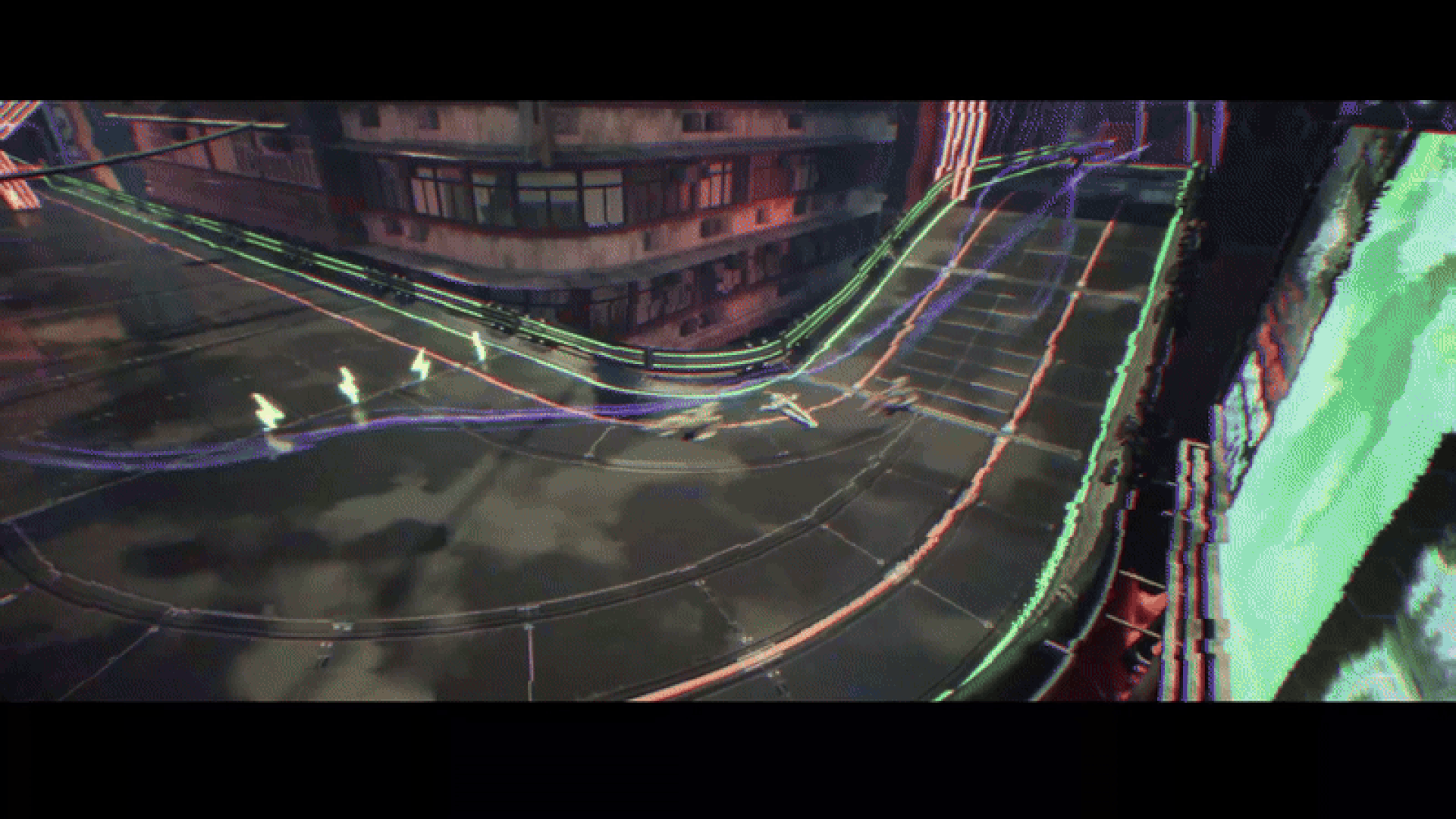
The Results:
Craig summarised: “I think we managed to create gore that isn’t only incredibly readable at high-speeds, looks visually striking in the game, creates moments of laugh-out-loud shock and reaction for our players, but also that supports the story we’re trying to tell. To me, gore’s purpose is to emphasise a point, and underneath the fast-paced, over-the-top, explosive nature of our gore is a dark story of how we’re entertaining ourselves to death.”
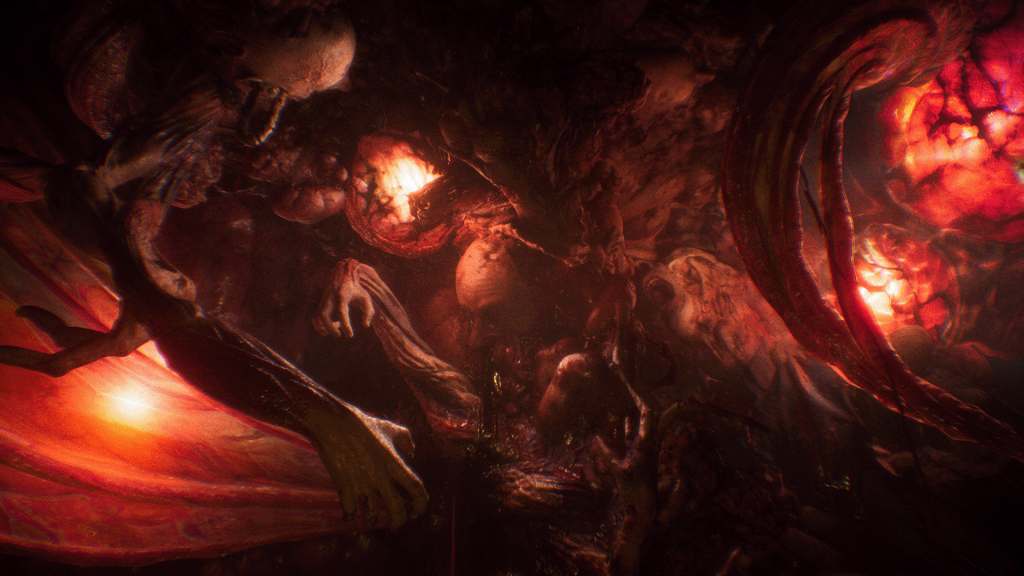
[In Still Wakes the Deep, players will come face-to-face with something otherworldly. Designed by the team at The Chinese Room to be equal parts intriguing and horrifying, the gore used throughout the game is there to tell a story.]
CREATING EFFECTIVE GORE FOR STORYTELLING
From the brutal, to the beautiful. Earlier this year, storytelling experts at The Chinese Room launched Still Wakes the Deep – a narrative-horror game which takes players aboard the Beira D oilrig in the middle of the North Sea, where a mysterious entity has crept aboard and began to gruesomely transform your crew mates.
The game is a tense, terrifying but ultimately an emotional experience lived through the eyes of protagonist Caz as he navigates the crumbling rig trying to find a way home. On first glance, it might not seem like a game that would be filled with gore, but Associate Art Director Laura Dodds explains: “Our initial pitch for Still Wakes the Deep was ‘The Thing on an Oil Rig’, so we knew that body horror was always going to be central to it. We wanted to maintain the mystery and ignite the player’s imagination so we never show ‘The Horror’ [the name given to the entity that has ended up aboard the oil rig], and instead only ever show the aftermath of how it’s transformed the crew. This choice leads to a sense of heightened tension and really gets to you to ask: “what the hell could have done that?”.”
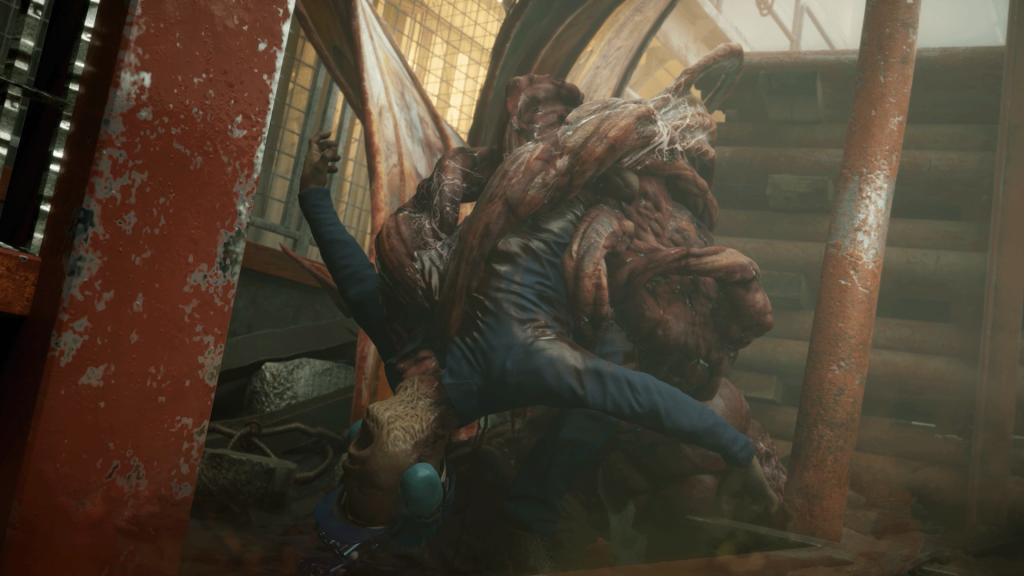
[Alas, poor Crewmate – I knew him well. The transformations of the Beira D crew are so brutal and cruel that the player can only wonder what entity could have done such damage. Throughout the game, no crew member is changed in the same way as another – and elements of their personality and former selves can be found in their new appearance.]
“Seeing your crewmates twisted and contorted adds to both the horror, and the emotion of the game. Throughout, the way Caz stumbles upon his departed friends give the game a crime scene feel, and leaves us questioning what the events were that led to these grizzly scenes. What’s more, is that the crewmates are often found in their cabins surrounded by items of significance as they try to reconnect with their humanity.” In Still Wakes the Deep, The Horror is otherworldly and unknown which meant the team were able to decide how it should look, move and attack. This also allowed the team to use gore and horror as a storytelling device, Laura continued: “Some of the crew bear some resemblance to their former selves, but others have been entirely mutated – with exploded, chaotic limbs which have multiplied, spread up the walls and evolved.
“The choice to include heavy gore in the game not only helped us to drive the plot, but also supported its central themes of humanity, faith and love.”
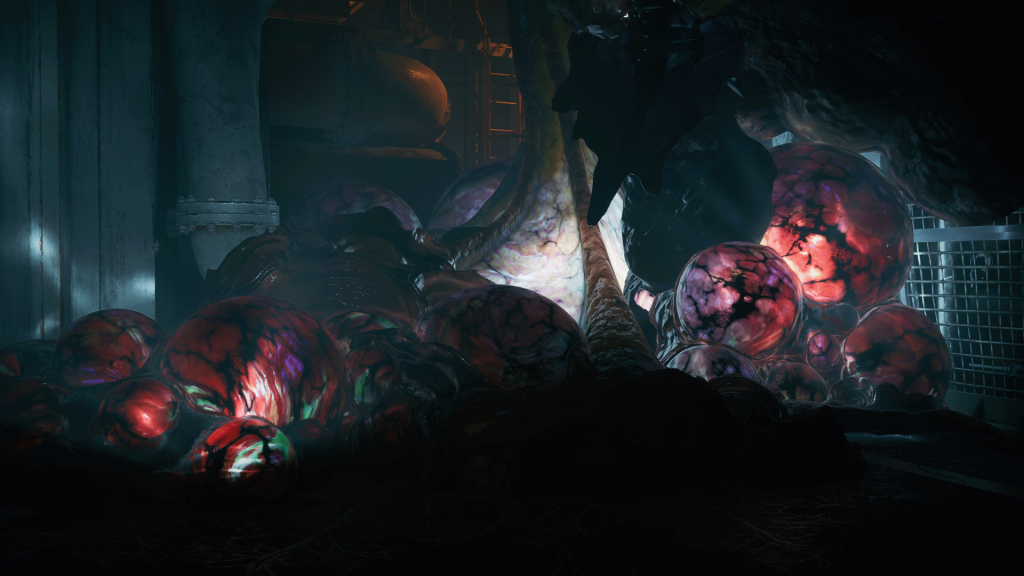
[The team at The Chinese Room were encouraged to be creative when designing gore assets for Still Wakes the Deep, and used colours from human organs, textures from the iridescent properties of oil and a suite of real-world materials as inspiration.]
The challenge, then, is to create a gore style that is so otherworldly that it keeps players guessing until the game’s final moments and beyond. Dominique Buttiens, Principal Environment Artist at The Chinese Room, was part of the team tasked with developing something entirely new and out of this world: “There were strong narrative and thematic elements to ‘The Horror’ in Still Wakes the Deep, and we wanted to create something that captured all of these while finding the balance between otherworld mystique and intended links to the real-world. Using ‘terrible beauty’ as our guide, we combined artistic shape and colour, and then grounded it in realistic materials.”
References for Gore in Still Wakes the Deep:
“If you were to jump into our reference archive for Still Wakes the Deep, you’d find folders titled ‘Tendrils’, ‘Marine’, ‘Vampire Squid’, ‘Fungus’, ‘Crystallization’ and ‘Hydrothermal Vent’. It was important to us that ‘The Horror’ within the game felt tangible to players, like there were parts of it that felt vaguely familiar without ever going too far. We used a number of marine, plant, insect and geology reference points throughout which showed us how weird and wonderful the natural world can be.

[Coral, Octopi and Fungi were all inspirations when creating ‘The Horror’ in Still Wakes the Deep. Their eerie appearances mean they lend themselves perfectly to creating other worldly entities.]
“For the poor crew aboard the Beira D, we wanted to show their transformation in as much detail as possible which meant we spent a lot of time examining the colour-palettes of human organs which are, surprisingly, full of dazzling reds, yellows, pinks and purples which lent themselves perfectly to the oily, iridescent feel we were going for and really brought out the beauty.”
Behind-the-Scenes of Still Wakes the Deep’s gore:
Throughout development, we talked about ‘a terrible beauty’ and pushed ourselves to make it either prettier or more horrible until we found that balance. We wanted the player to feel and live Caz’s awful experience while capturing their gaze, so they’d be unable to look away and want to find out more about what they were seeing.
Here are some of the steps our team took to ensure we got it right:
Countless Concepting: We went through many iterations of concepting in both 2D and 3D before arriving at what ‘felt right’ for Still Wakes the Deep. We had several artists try their own approaches with different techniques, ranging from 2D sketching and 3D modelling, to Tech Art solutions and sculpting which helped us explore different interpretations of ‘The Horror’ for how it looked, how it moved and how it impacted the place and people.
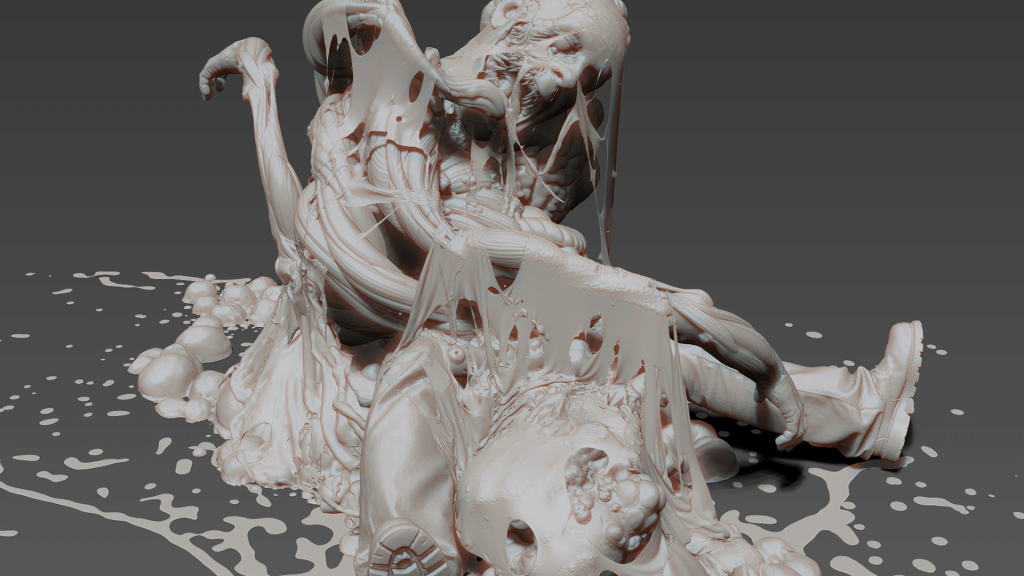
[All of the body horror in Still Wakes the Deep went through several stages before being seen in the game, including sketches and sculpture work.]
Sculpting to Engine: The end result in the game is a mixture of strong Concept Art combined with clever Tech Art solutions in the hands of imaginative 3D artists. When it came to body horror specifically, we relied heavily on the strong sculpt work done in Zbrush by ‘Gore Expert’ Jef Wall and managed to bring over his concept sculpts almost 1-to-1 using Nanite in Unreal Engine 5 and some custom shader solutions which improved the detail and colours.
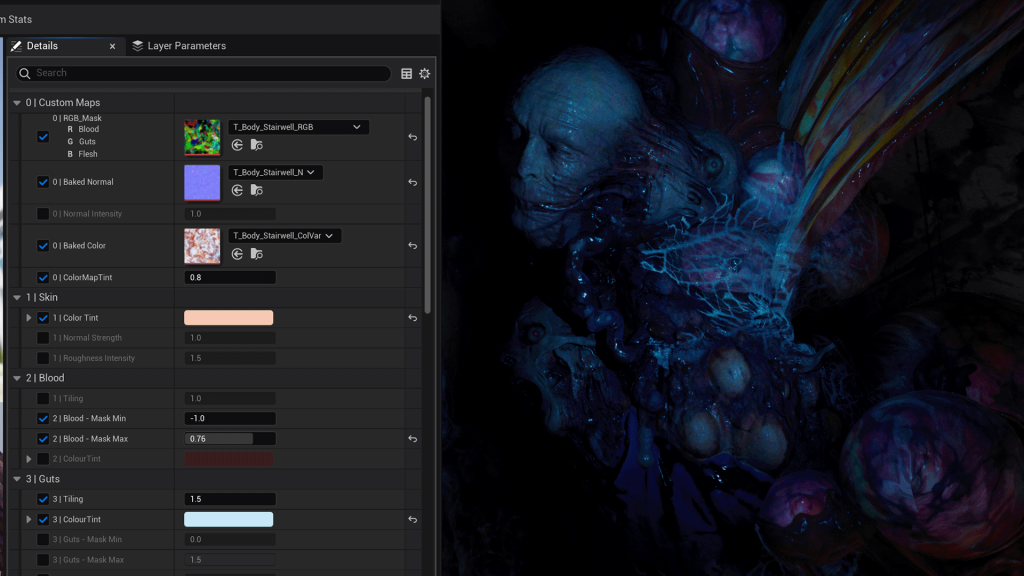
[The custom shader created by The Chinese Room was used to deepen the detail and colours used on the gore throughout Still Wakes the Deep.]
Creating Unique Assets: We wanted everything in the game to feel unique and chaotic, like everything has its own rules and logic. We worked with a variety of tools including Zbrush, Blender and Substance Painter combined with shader setups inside Unreal Engine 5. We tried to keep the mesh workflow very flexible to allow for artistic expression on a case-by-case basis, and the new features in UE5 – such as Nanite and Geometry Scripting – meant we were able to give each asset the fidelity level we wanted.
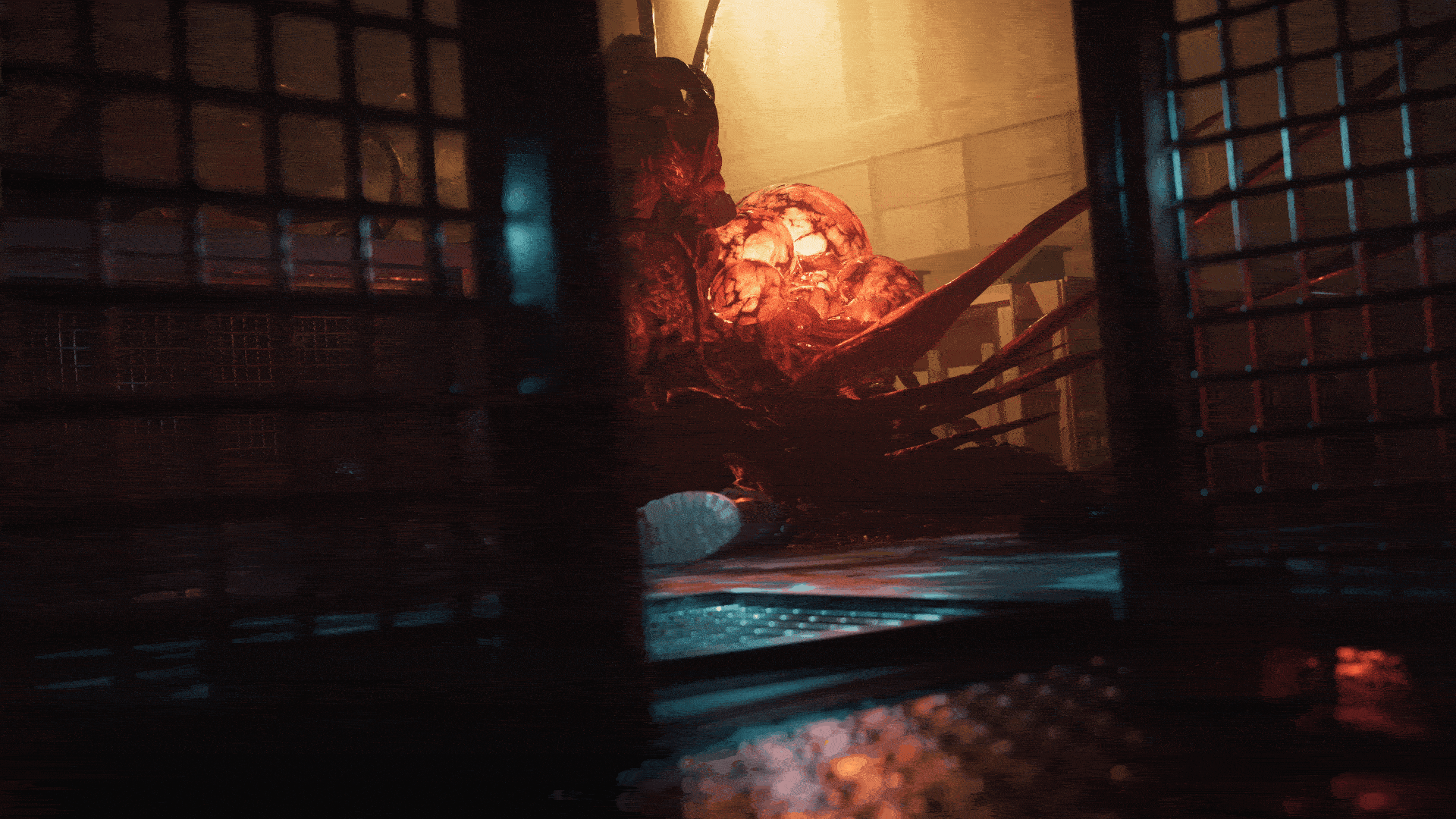
[Something new and horrifying waits around every corner in Still Wakes the Deep – and players truly never know what they’ll encounter next.]
The Results:
Dominique concluded: “For everything The Chinese Room does, the story has to be the driving force behind all our decisions. Gore is often used for shock-factor and there are even moments within Still Wakes that do have an overarching feeling of shock and horror, but it also has the potential to tell stories and drive the narrative.”
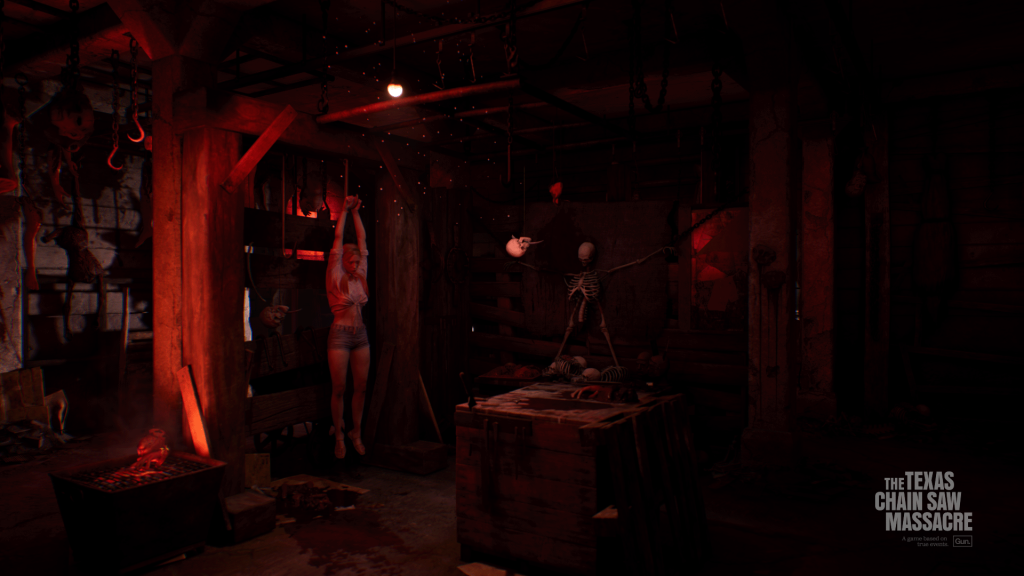
[Authenticity was key for The Texas Chain Saw Massacre – with everything from costumes and props, to weapons and wound VFX needing to not only feel realistic, but feel at home in the world of the original movie.]
CREATING EFFECTIVE GORE FOR AUTHENTICITY
When working with an iconic and beloved IP, you have to become its guardian and ensure you’re staying true to the source material wherever possible. A team who are experts in the sanctity of IP are Sumo Nottingham, whose work on The Texas Chain Saw Massacre (released in August 2023) has been praised for its authenticity to the 1974 movie.
In the game, players are put into 3v4 matches where they must either hide to survive, or hunt to kill. With three family members – all equipped with their signature weapon and execution types – and four ‘victims’, players must outsmart the other team and claim victory. From the characters and environments through to weapons and even execution sequences, everything with The Texas Chain Saw Massacre had to feel like it was part of the franchise’s universe and fit within it… including the gore.
Someone who became slightly obsessed with all things Chain Saw during the game’s development is Design Director Kelvin Moore, who said: “The original Texas Chain Saw Massacre movie is surprisingly low on gore content, its focus is much more on making the audience sweat and to psychologically toy with them. This unique approach means that when gore does appear in the film, it’s all the more shocking to the audience – and we wanted to replicate that in the game, whilst managing to heighten the gore levels to match the expectations of modern-day audiences.
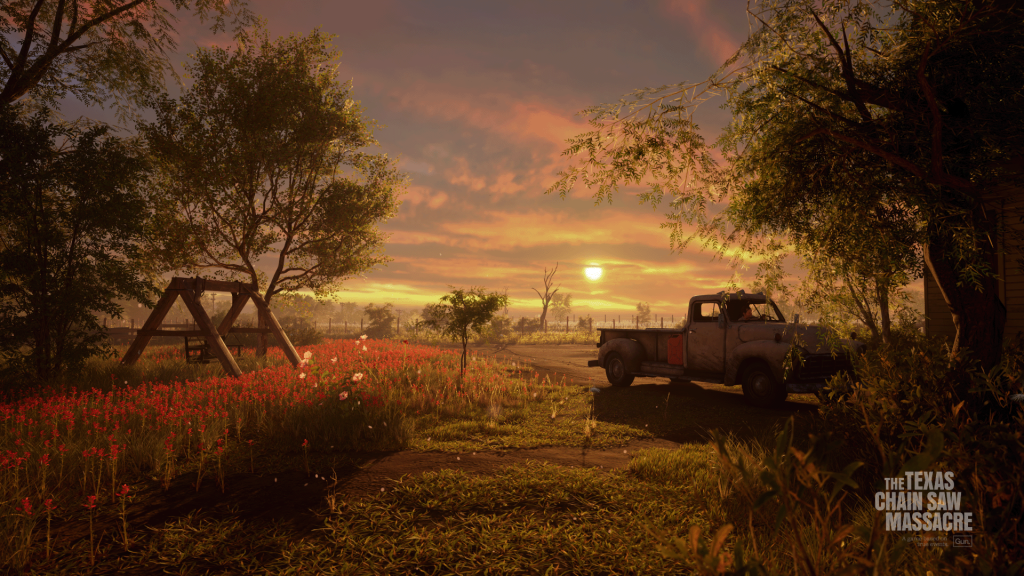
[You’d never know that chaos lurks inside the Family Home in The Texas Chain Saw Massacre. Players only discover the gore as they get further into the house and into the basement.]
“Much like the film, if you were to stumble upon the Family House you wouldn’t notice anything out of the ordinary. From the stunning landscape to the picket fence, the Family carry themselves to the outside world with an air of normal. It’s only once you get into the depths of the house that you stumble upon their grizzly secrets… and that’s where the Victims start the game. Once they escape the entrail-filled basement, they’re able to escape through the house and into the dazzling, seemingly peaceful exterior… unfortunately for them, the Family are all too happy to wait until then to make their attack. Having the exterior and majority of our maps being gore free means that when executions do happen, the blood spray and trails are in sharp contrast to the beautiful natural landscapes.”
Part of what makes The Texas Chain Saw Massacre so terrifying is that everyone in it is a normal(ish) person: there are no superpowers or beings from other worlds involved, and it’s about how far we’ll go to protect the people we love. For a game that needed to be so grounded in reality, the Art team needed to create gory assets that felt realistic and authentic. Part of the team involved in creating these was Principal VFX Artist Feargal Plant: “Knowing that the original movie was light on gore, we wanted to focus our efforts on blood and wound VFX that would be loud and impactful for players to experience.

[The team looked at damage caused by different weapons – is it a slice? Is it a slash? Does it leave an open or closed wound?]
“Part of our commitment to the authenticity of the experience meant we wanted to really research and translate the impact of various weapons on our characters – as the weapons the Family carry are so synonymous with who they are as a person and their story. This led to us doing lots of investigating into how sharp vs blunt objects impact the human body, how the motion, speed and force of them can lead to different injuries and outcomes, how and where people are being hit and the damage it would cause.”
References for Gore in The Texas Chain Saw Massacre:
“When researching for The Texas Chain Saw Massacre, it was important to everyone in the VFX that we took care of our wellbeing. Working on horror games, especially when dealing with gore, can be taxing and we didn’t want to work with any reference materials that were too real. Because of this, we used a lot of movie references instead of real-life references, which not only helped me separate from real humans getting hurt to in-media violence and gore, but also meant we could see how other VFX artists were doing gore.
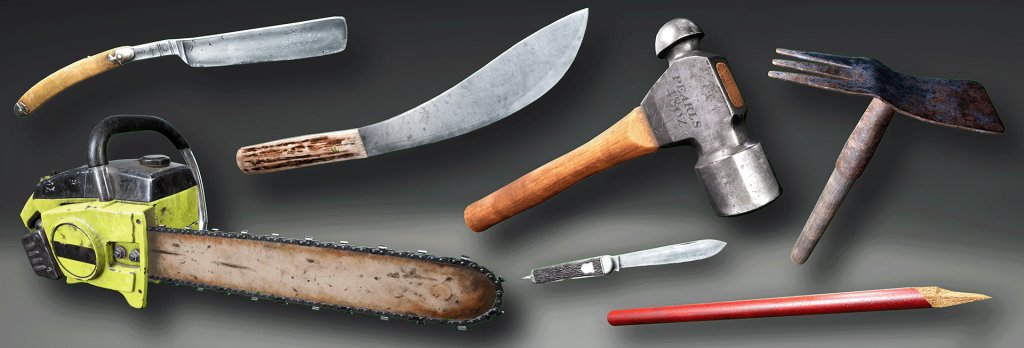
[The range of weapons used in the game included chain saws, knives, hammers, broom handles and more. Each has their own unique attack properties and impact.]
“We decided that we’d focus on blood and wound VFX and specifically on how the weapons used – which are intrinsic to the characters’ stories and personalities – would damage and harm. Are they blunt or sharp? Is the movement a slash or a hammer-blow? How is the victim reacting? Where are they getting hit? Will it leave a shallow or deep wound?
“I also spent a lot of time looking at how fluid moves when it’s put in different environments and situations, and used film and VFX references to try and find the balance between realistic and impressive. I much preferred to do all my blood VFX in a different colour and then change it for the final version – it just felt too real!”

[A reference board for blood in The Texas Chain Saw Massacre featuring how it highlights in certain lighting conditions, the colours and its trajectory.]
Behind the Scenes of The Texas Chain Saw Massacre’s Gore:
To ground it in reality and really amp up the authenticity, everything in The Texas Chain Saw Massacre is cause and effect, and we were careful to make sure that if the player is seeing gore, that it means something and has consequences.
Here are some of the ways we created effective blood and wound VFX:
References to Real: We would break down our references and pre-made materials (primarily created in Photoshop and Fume FX) and created placeholder VFX/textures in Unreal Engine using the Niagara VFX Systems. We’d then be able to build up the textures and materials to make them more realistic and higher quality, and could continue to iterate upon these by editing the Niagara VFX Size, Shape, Movement and Timing based on Art Director/Gameplay Feedback.
Sufficient Splatter: For “decals” (meaning blood splats, drips or pooling), we created materials that felt more liquid-like by using sub-surface scattering, adjusting the spec values, running Alpha Erosion (the process of creating opaque pixels which gives liquids the appearance of moving and evaporating) and adjusting the blood colour. We also were able to give the blood drips from the player specifically a ‘smudged’ appearance around the edges which helps to catch the light which means other players can see how ‘fresh’ they are… and subsequently how close by the Victims might be.
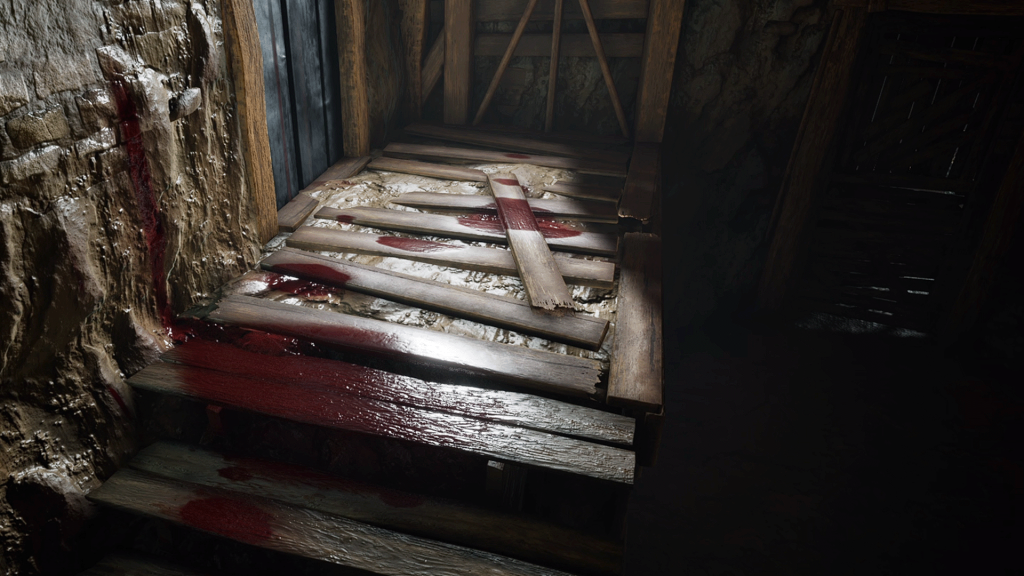
[An early test of the blood in a lit game environment. By testing different lighting states, rooms in the maps and times of day, the team could see how viscose the blood was looking.]
Blood All Day: Another interesting challenge was that we needed to create different lighting states for the Blood VFX depending on the time of the day the map in action was, as each map offers a ‘day and night’ variation which spawns randomly. We had to adjust lighting levels and balance the VFX in accordance to the final level lighting to ensure we weren’t ending up with flat or over-shiny blood which would break the realism.
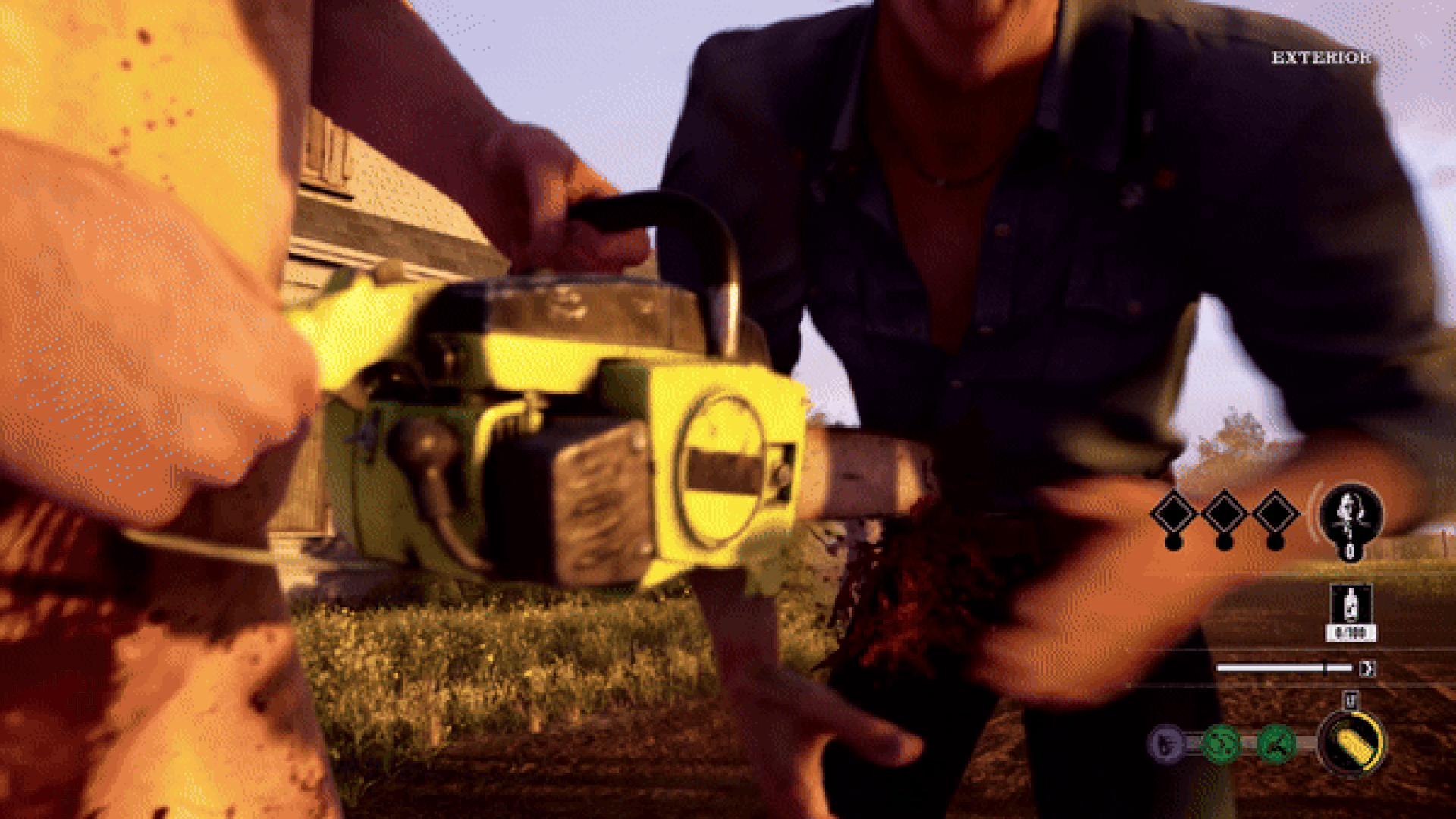
[You can run… you can hide… but you can’t survive a chain saw to the gut. Whichever Family member you’re unlucky enough to encounter in The Texas Chain Saw Massacre, their attack will look and feel as bloody and painful as you’d expect.]
The Results:
Feargal said: “The way we use gore in The Texas Chain Saw Massacre is highly effective at offering feedback and communicating with the player about the damage they’ve sustained/caused.
“It also helps to heighten the tension and atmosphere – you know you’re in trouble when you see a lot of blood, meaning your adrenaline kicks in and the gameplay ramps up to boiling point.
“In the end, the blood splattered across the calm environments will remain there for the rest of the game as a reminder to other players of what’s at stake.”
Looking for Art Services support to level up your game? Sumo Digital has experts across all Art disciplines who can support with custom asset development from concept to implementation. More information about working with Sumo Digital can be found on the Services Page.



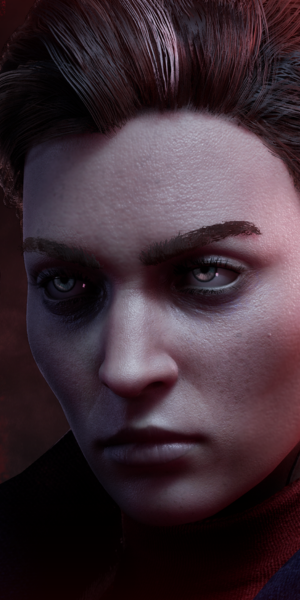 Vampire The Masquerade: Bloodlines 2
Vampire The Masquerade: Bloodlines 2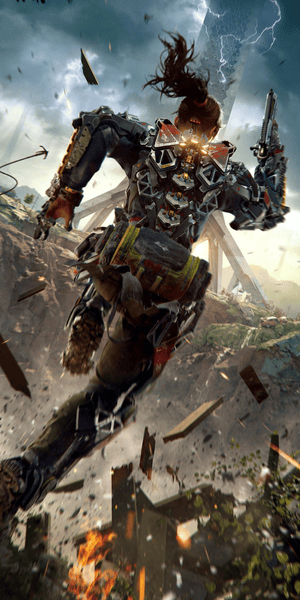 Exoborne
Exoborne Mars Horizon 2: The Search for Life
Mars Horizon 2: The Search for Life